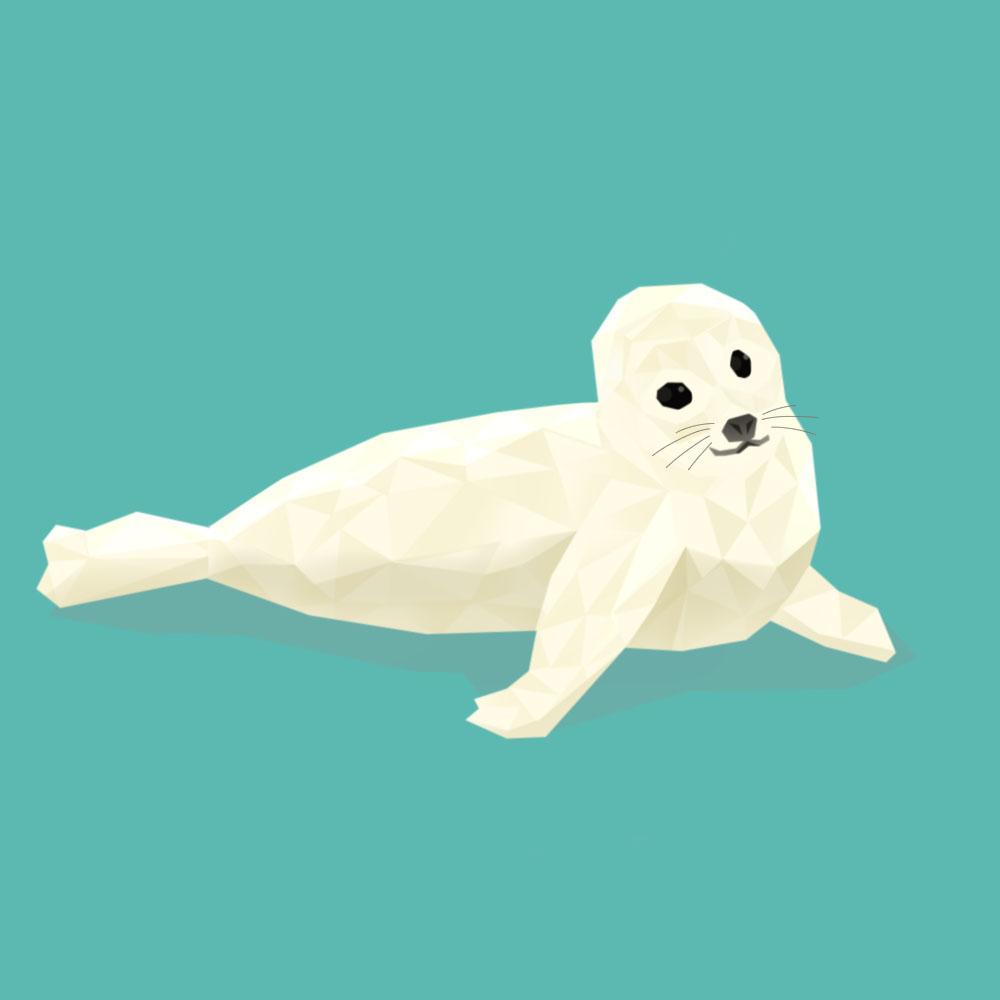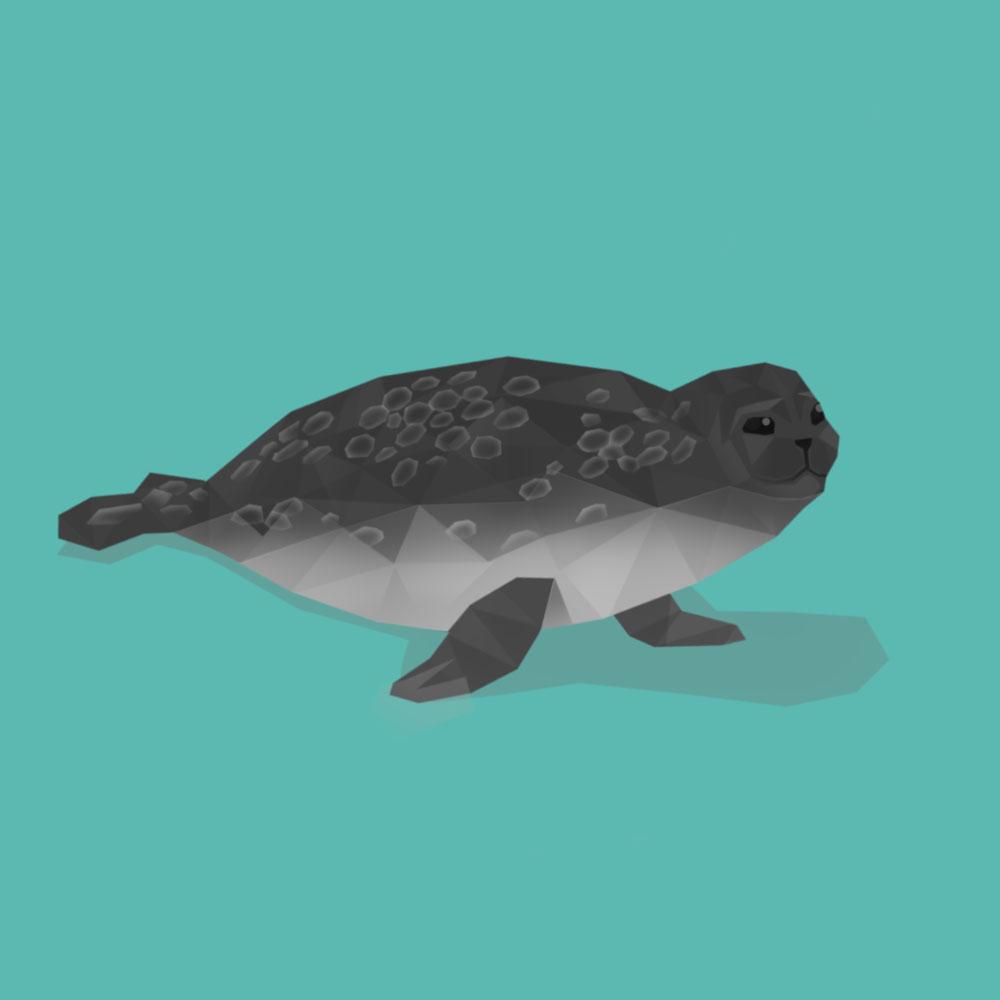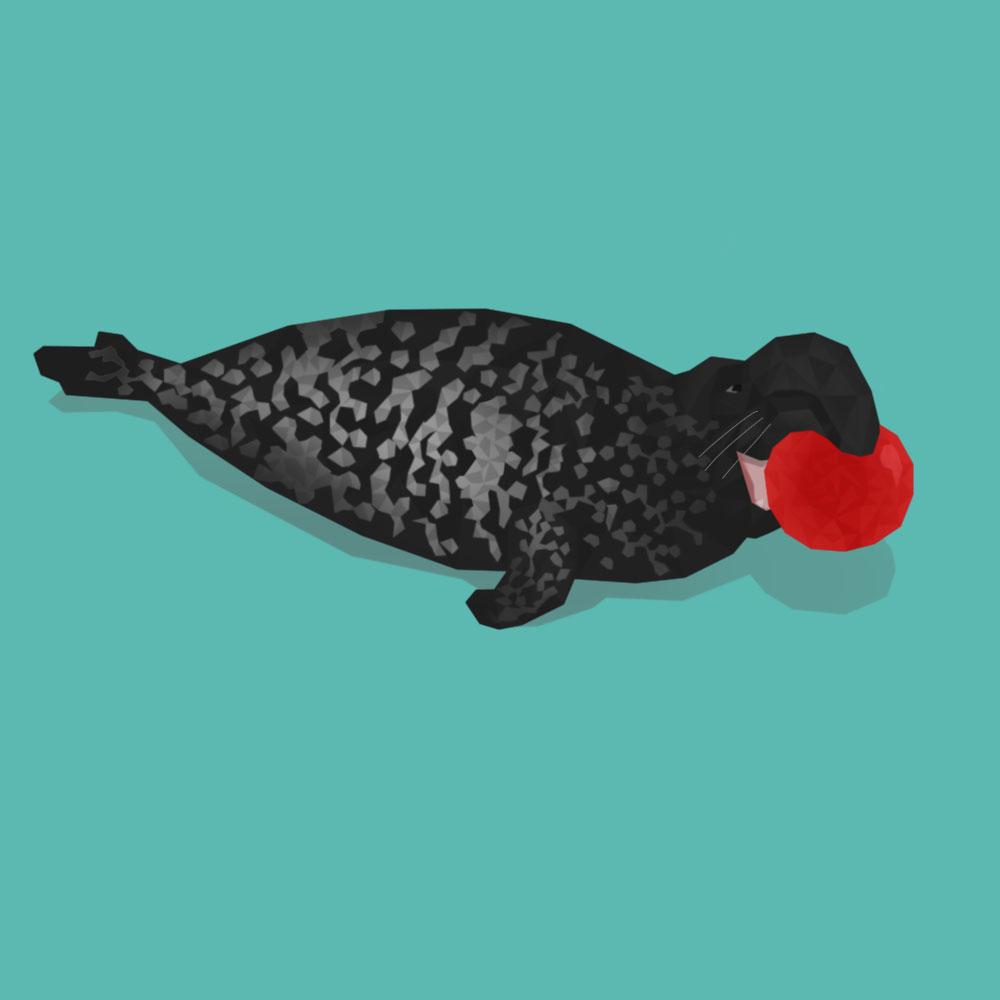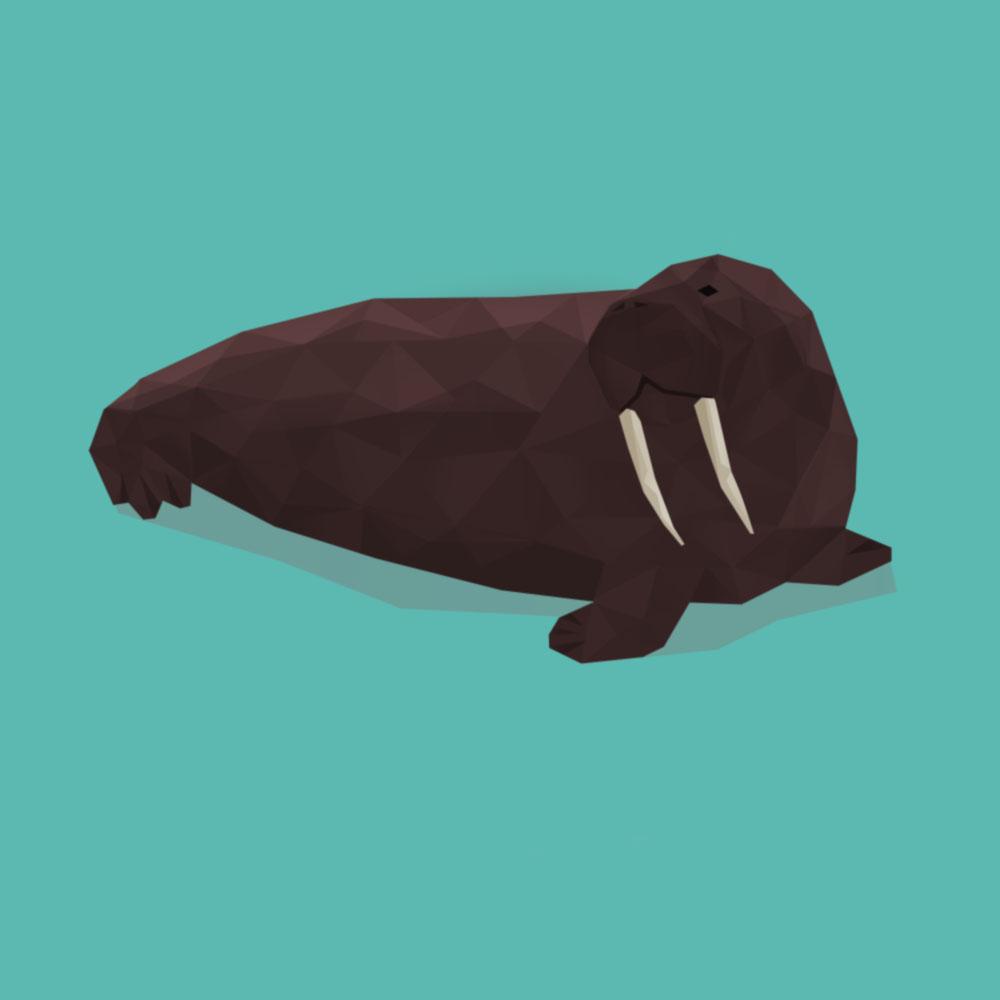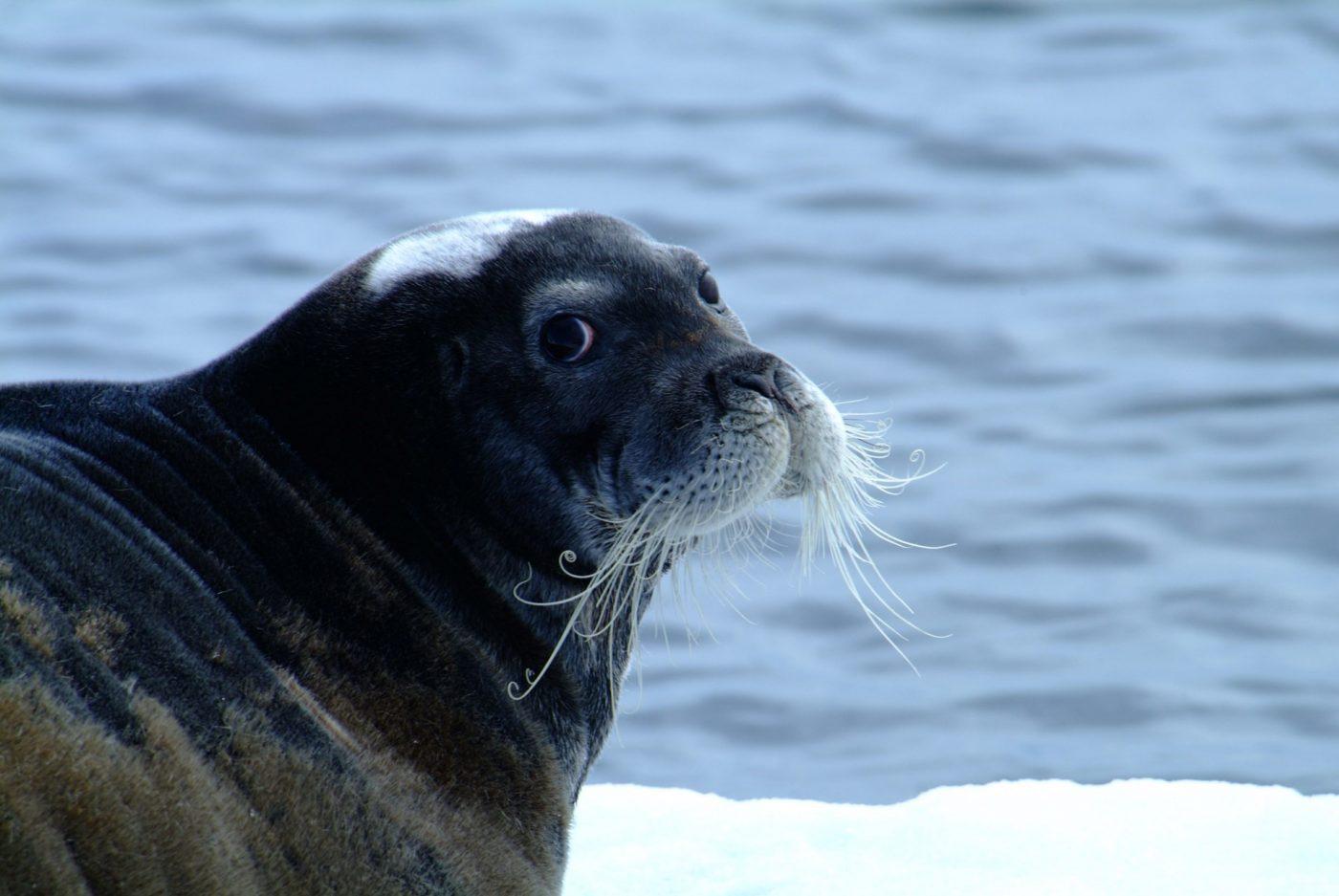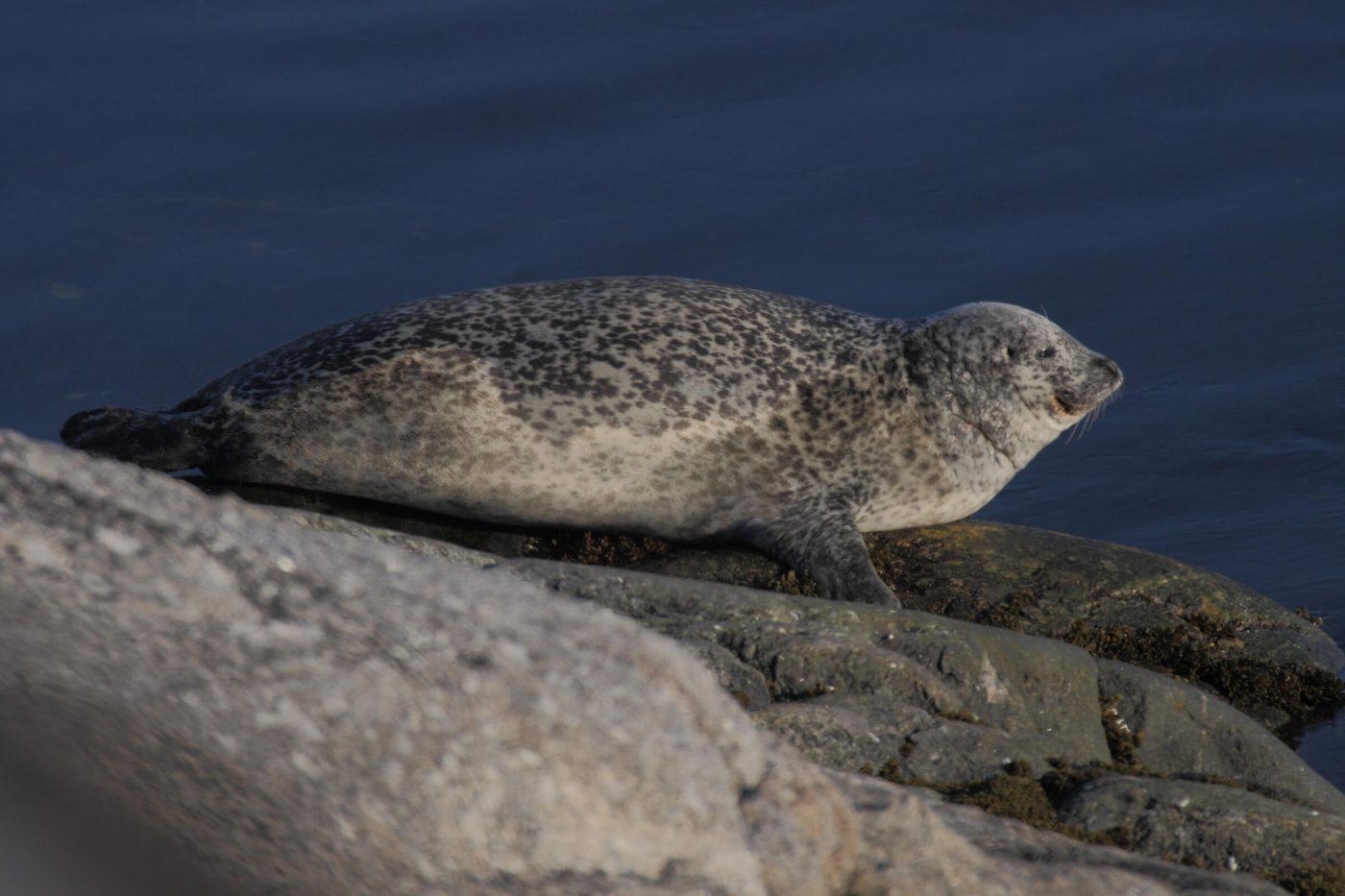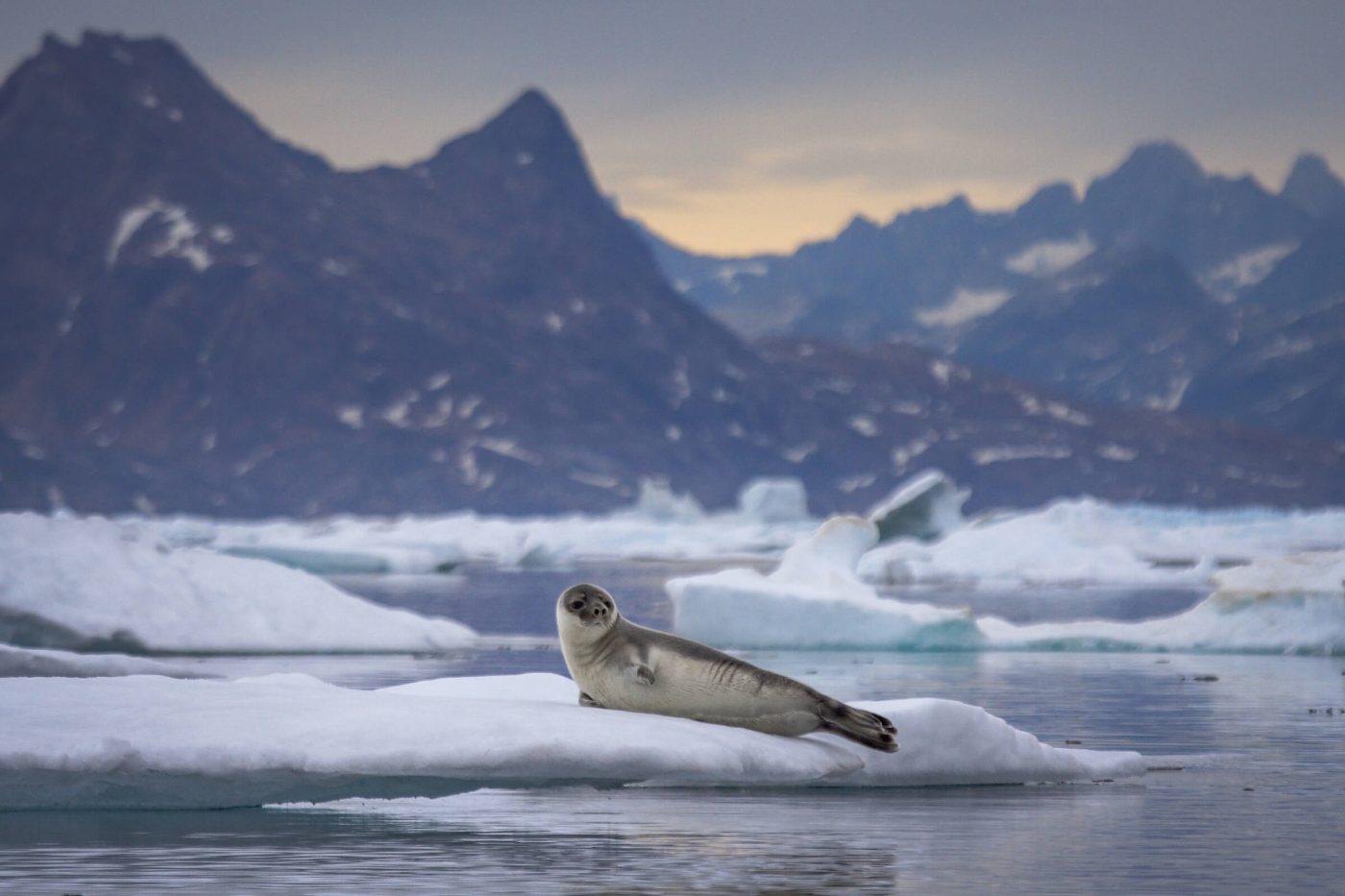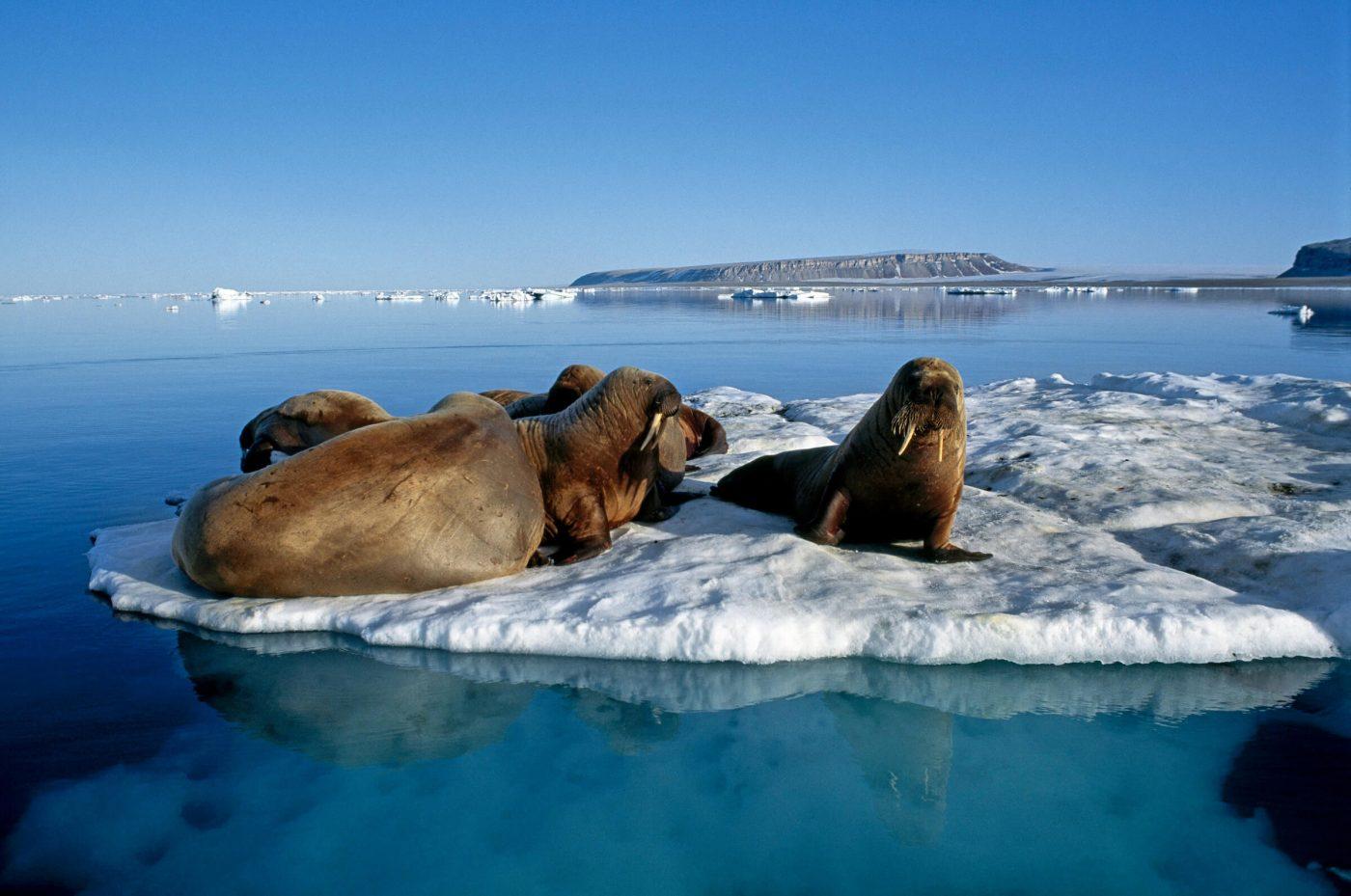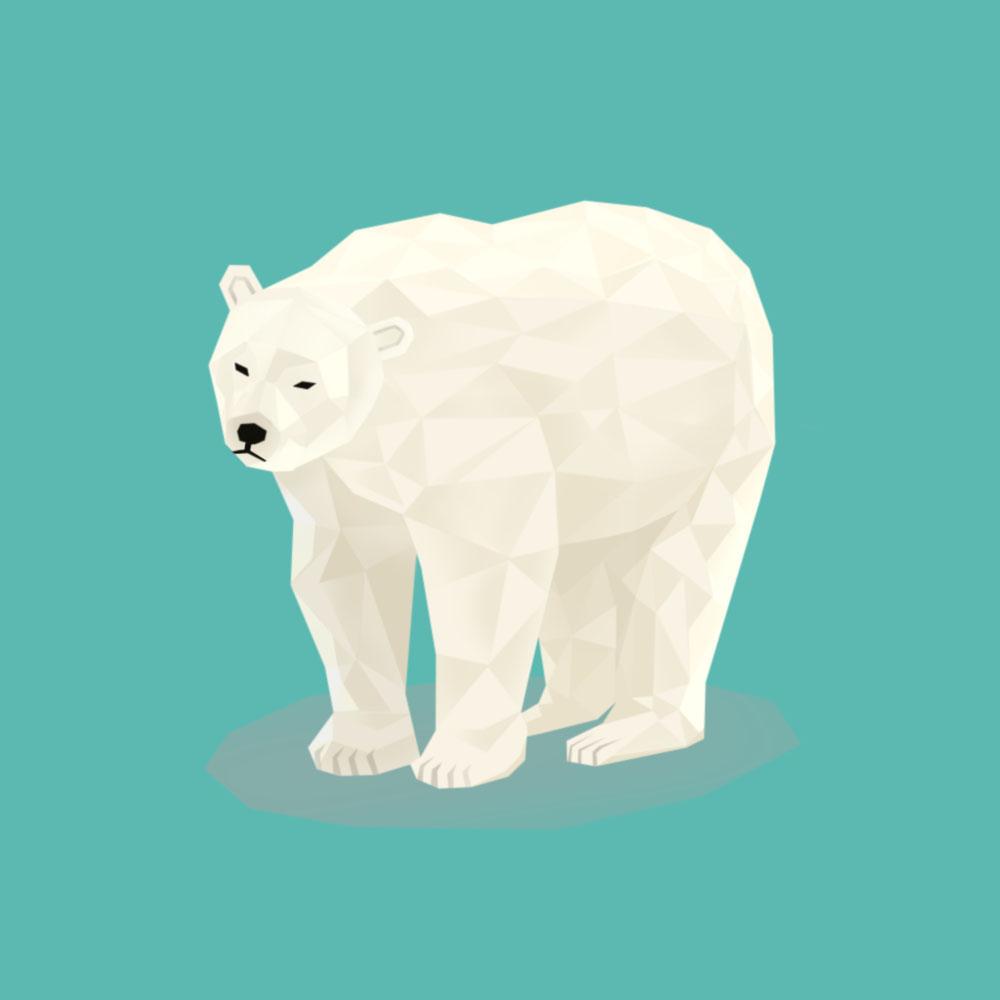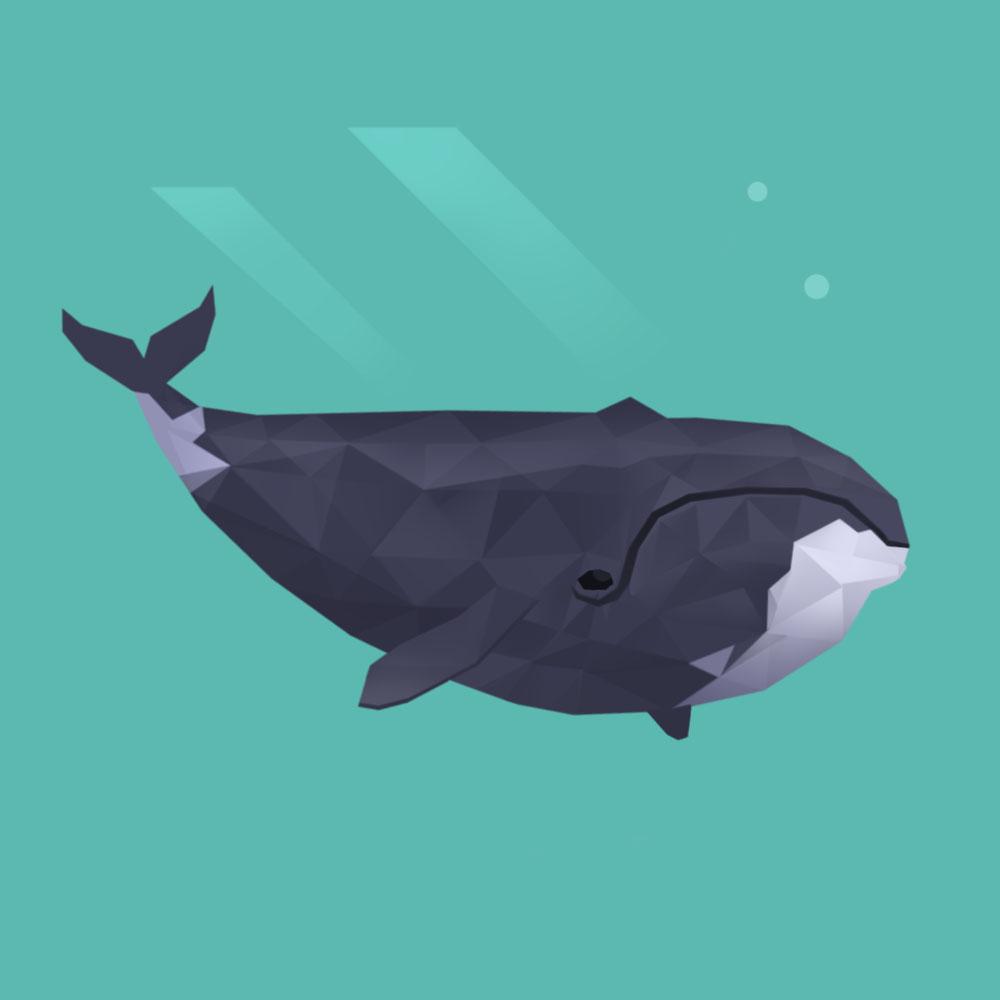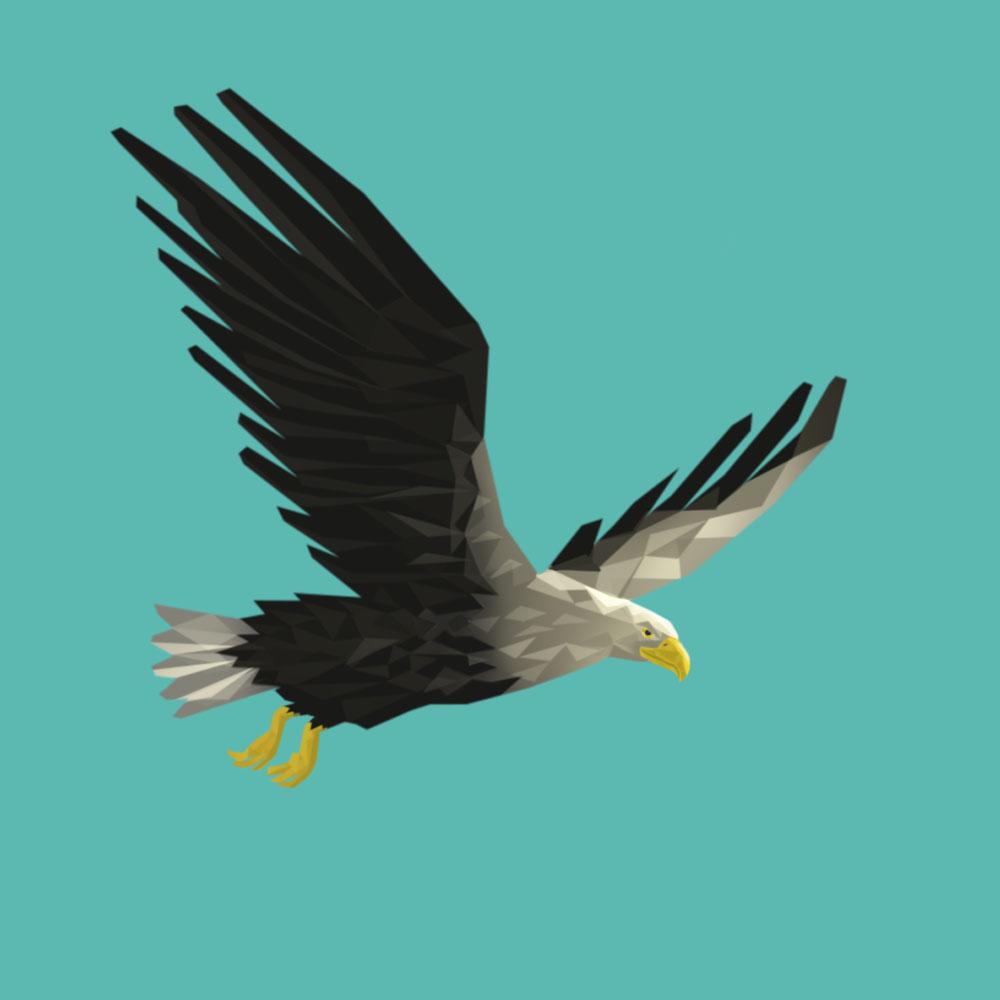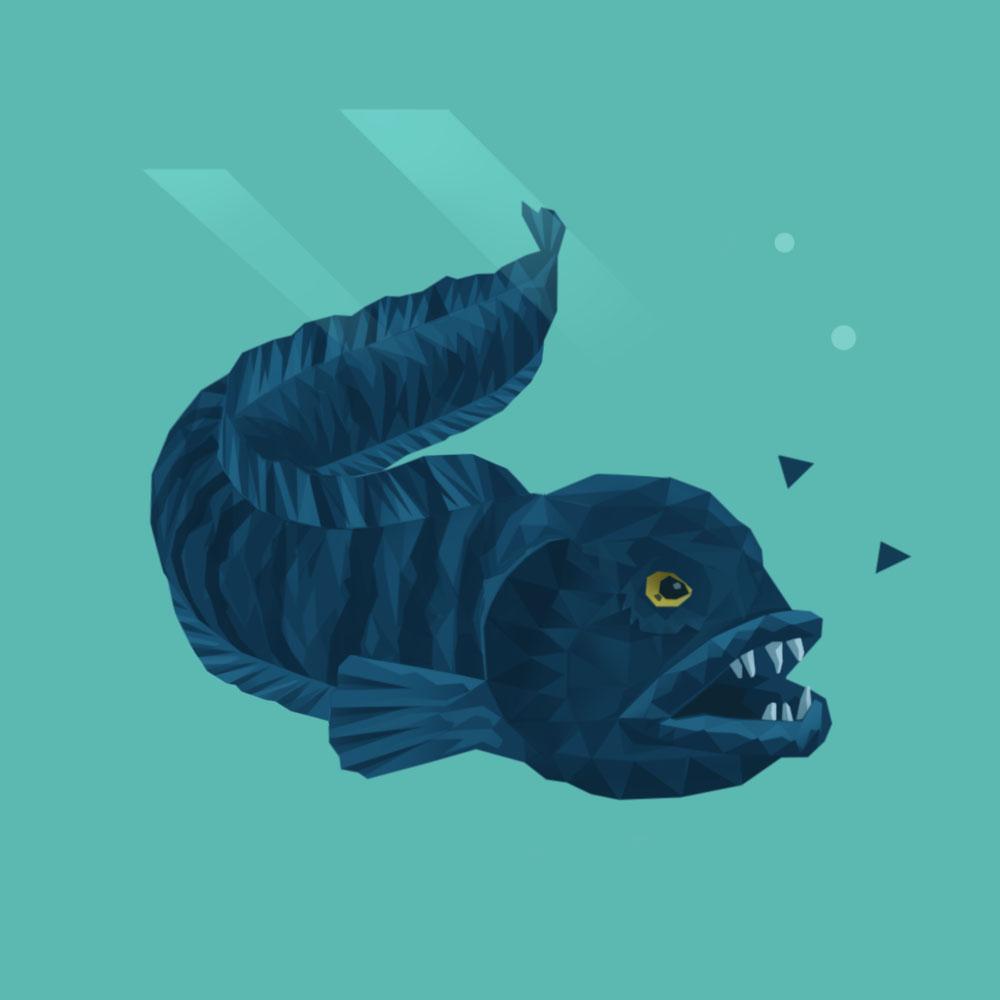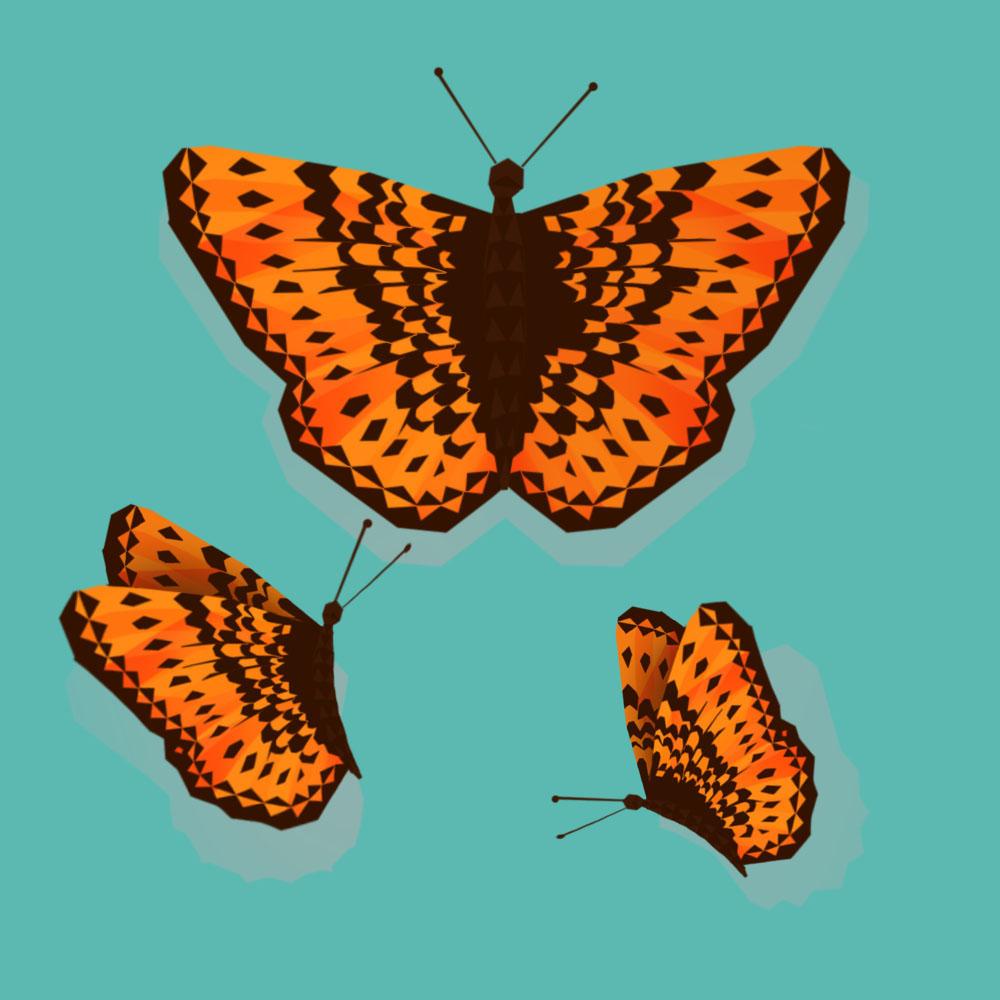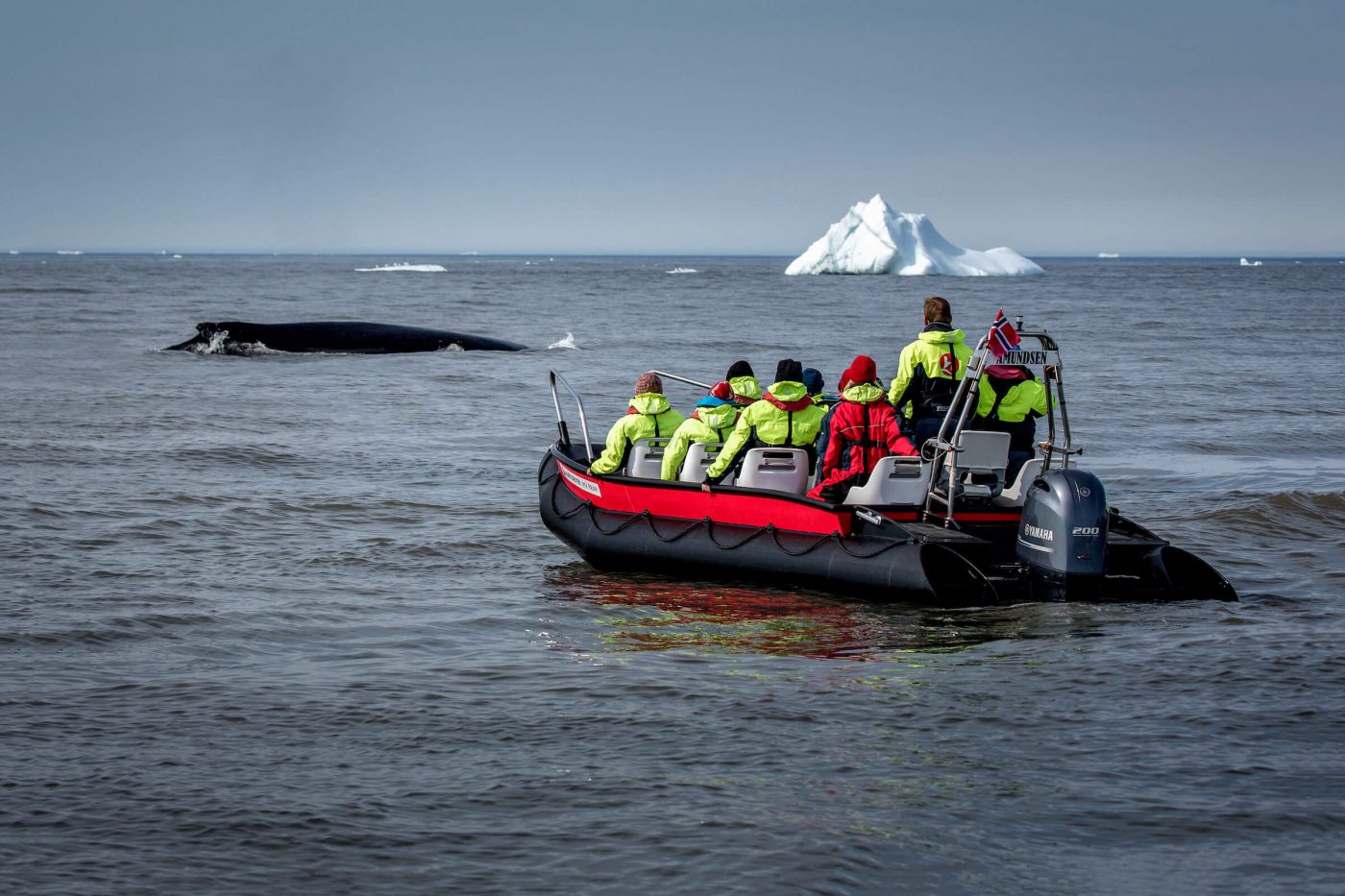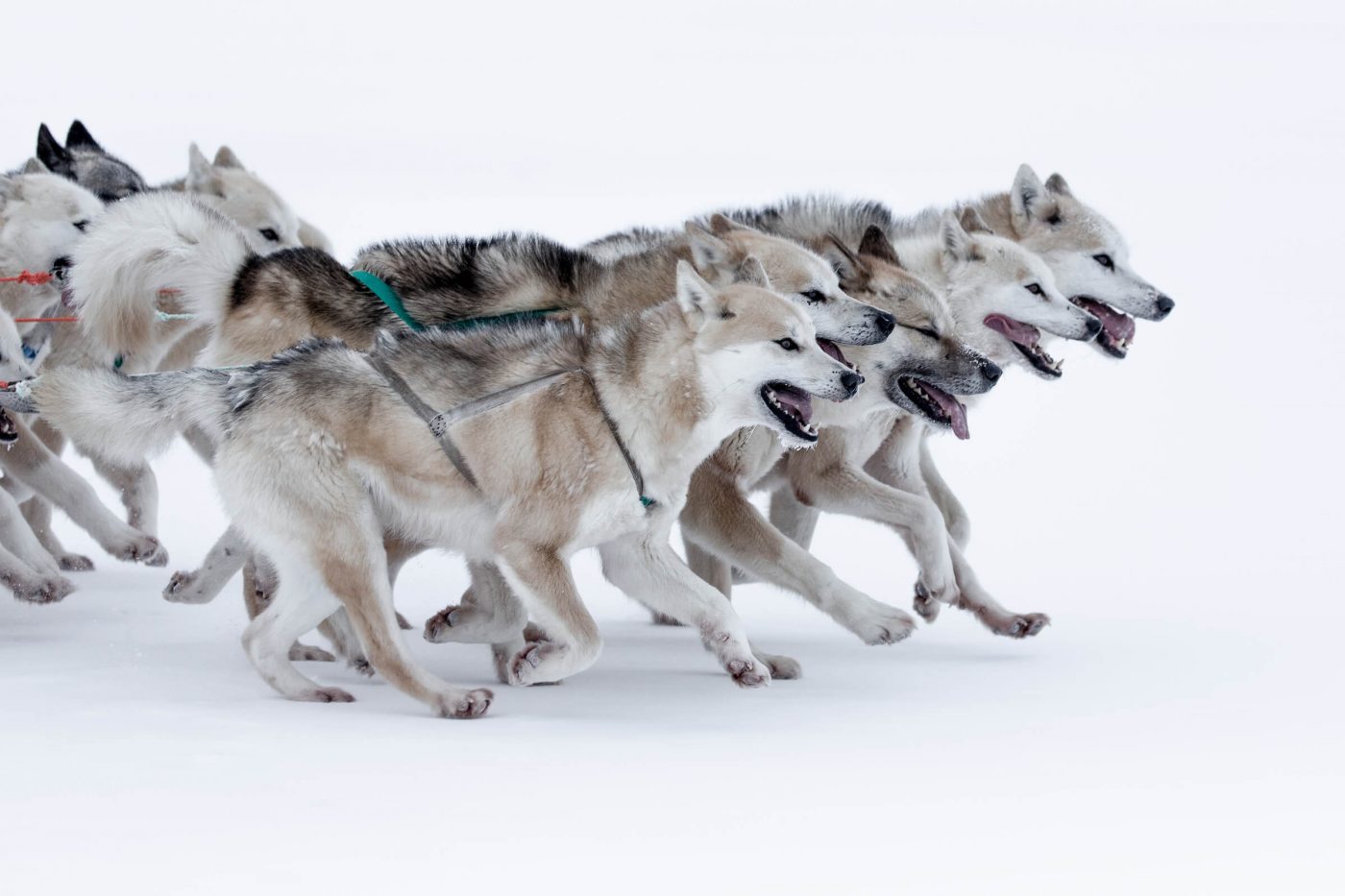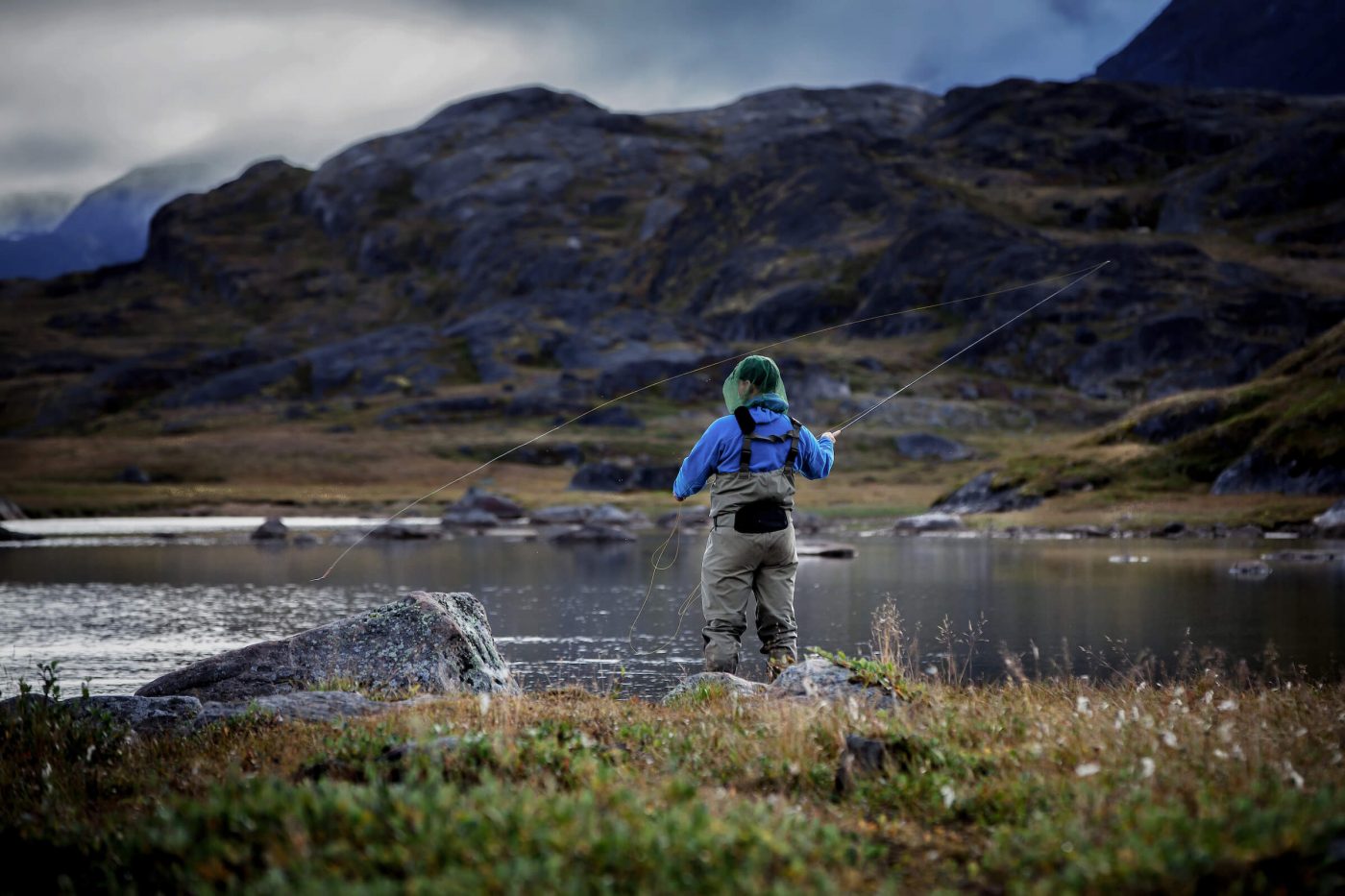There are six species of seal in Greenland. Some walruses are related to seals but belong to their own family of marine mammals. In the following, you can read more about harped seals, ringed seals and walruses.
The other seal species found in Greenland are the harbour seal, hooded seal, bearded seal and in recent years also the grey seal, which is rarely seen in South Greenland, but maybe migrating. In addition to the mentioned whales, Greenland seal, spotted seal and gray seal are also found in Greenland.
Harp Seal
Aataaq (GL)
Pagophilus groenlandicus (LAT)
The harp seal has a light, silver-grey coat with a black head and distinctive, horseshoe-shaped black markings on its back. The male has the sharpest contrasts, and the adult animals grow to 1.5-2 metres long and weigh up to 150 kg.
The harp seal is common on all of Greenland’s coasts, except to the north. It can be seen year-round but mostly in the summer, where it comes as a guest from the large breeding grounds in Newfoundland and Jan Mayen. It is estimated that there are 8 million animals in all here.
The harp seal feeds on many kinds of fish and crustaceans, which it catches a depth of about 100 metres.
In late winter (Feb-April), the female gives birth to 1 pup on the sea ice, which is nursed for the first 2 weeks, after which it must fend for itself.
It is born with a thick, white coat, called lanugo, which is extremely warm but not waterproof, so the pup must stay on the ice for several weeks until it moults and gets a water-repellent coat.
Ringed Seal
Natseq (GL)
Pusa hispida (LAT)
The ringed seal is Greenland’s smallest seal and weighs between 50-100 kg. You can tell it apart from other seals by the ring-shaped markings on its dark grey back, as well as by its small head with an almost cat-like muzzle.
The ringed seal is common on all of Greenland’s coasts, especially where there is sea ice. It can be difficult to get near them as both polar bears and humans hunt them. The population is stable and hunting is considered sustainable.
The ringed seal is the marine mammal that has best adapted to the Arctic winter and the only one found at the North Pole. When the winter ice freezes over, it survives by making breathing holes that it keeps open by constantly scraping away the ice. It builds snow caves nearby, where it can take a rest between swims, and its thick layer of blubber (over 50% of its body weight) helps keep it warm.
The seal eats many kinds of fish and crustaceans and can dive down to depths of 500 metres. In March-April, the female gives birth to a white-coated pup in her cave, and after only 2-3 weeks, the pup gets its water-repellent coat.
Hooded Seal
Natsersuaq (GL)
Cystophora cristata (LAT)
The hooded seal is the largest of the five species of seal and weighs up to 400 kg. The male seals can be recognised by having a large bladder on their head that they can inflate if they get angry. Most hooded seals are found in Southwest Greenland, where they pass by twice a year on their migration between breeding and hunting grounds. However, some are also found in East Greenland. In the past, it was mainly the skin of hooded seals that were used to cover kayaks (qajaq) and traditional skin boats, sometimes called a “woman’s boat” (umiaq).
Walrus
Aaveq (GL)
Odobenus rosmarus (LAT)
The walrus can easily be distinguished from other marine mammals by its small head, whiskers and tusks. It is related to seals and sea lions but belongs to its own family.
The adult animals can grow very large and be up to 40-years-old. The male is typically one and a half times larger than the female and can measure over 3 metres and weigh just under 2 tonnes.
The walrus has a very thick skin (2-3 cm) and layer of blubber (10-15 cm) that keeps it warm. In contrast, it has almost no fur, and both genders have tusks, but the males’ can be 50 cm long.
A few walruses are seen along the coast of Northeast Greenland, in Nordvandet off Qaanaaq, and on banks off central West Greenland in winter. It is estimated that there are about 5,000 adult animals in Greenland, most of which migrate to Canada in the summer. The regulation of hunting has turned a sharp decline in the population in recent years to a slight increase.
The walrus mainly lives on mussels and other bottom-living small animals such as snails, sea urchins, ragworms, lugworms and sea cucumbers. Occasionally it catches a fish or takes a seal with its tusks.
In summer, the walrus typically lives in fjords and coastal areas where it can go up on land and rest. In winter, it goes to sea on drift ice and polynyas (open water surrounded by sea ice). The female is pregnant for 15 months and usually has one calf who nurses with the mother for 2-3 years.

